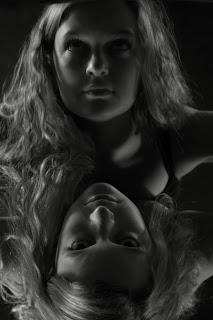Make up posting: Ways of Seeing by Jon Berger
I really like these videos. I watched them for the first time in
freshman year 2D Foundations, and keep coming back to them periodically. The
one that strikes me the most has always been Episode 2, about the female in
Western Art. It seemed to put into words what I’d sensed myself about the
objectified and marginalized status of women in society, but could never
articulate. Which is strange because the words are coming out of the mouth of a
man living in the 1970s. Still accurate, in my view.
I think it’s interesting that photography and older art
forms, painting especially, are so intertwined, although many people don’t
realize it. Photography was influenced greatly by painting, but painting was
also profoundly affected by the invention and popularization of photography.
The reproduction aspect was something I hadn’t thought of in depth before. We
live in a time when pretty much everything is reproducible; does this make us take
things for granted, including art? Maybe. But the ability to share instantly
across the world seems worth it to me.






















